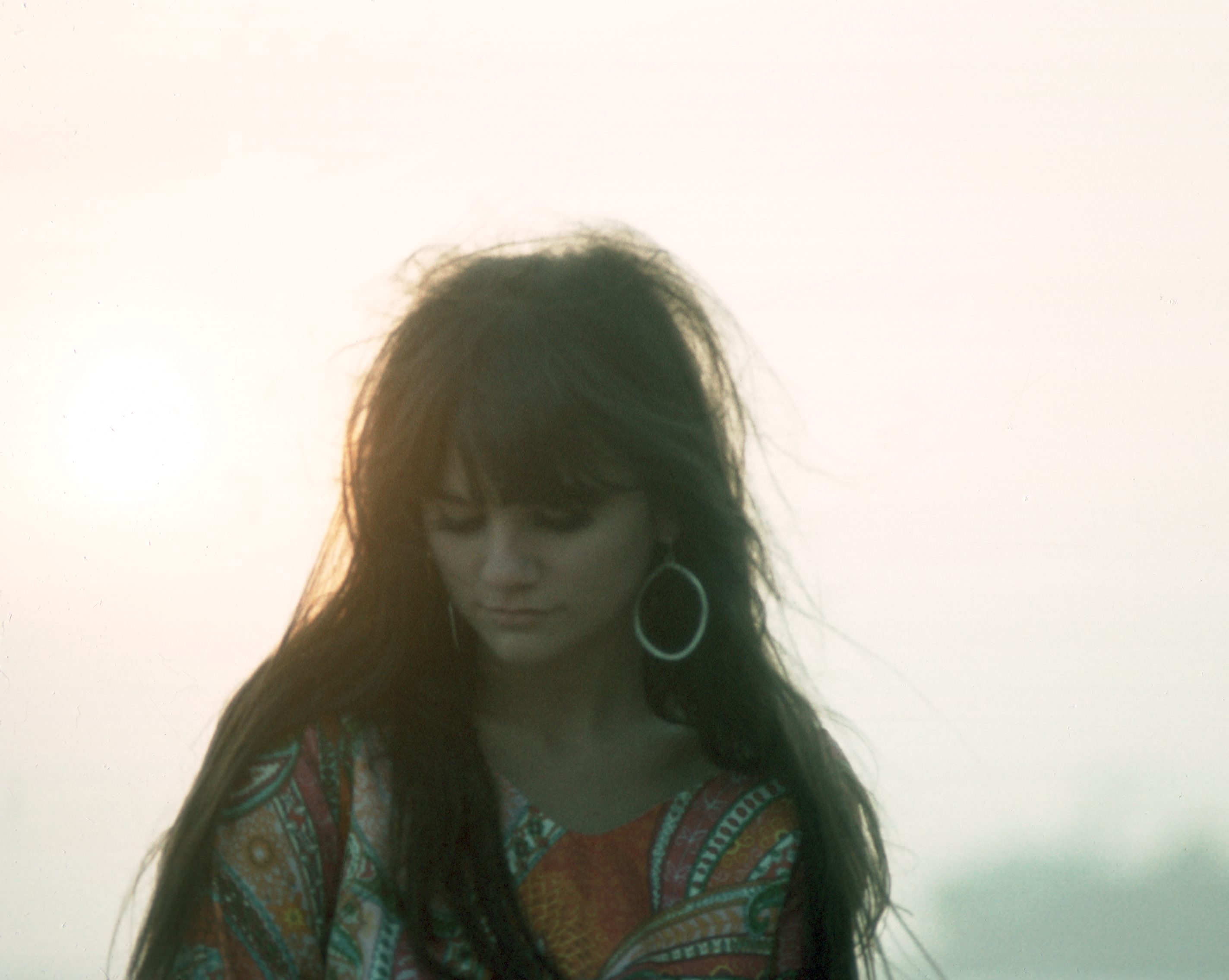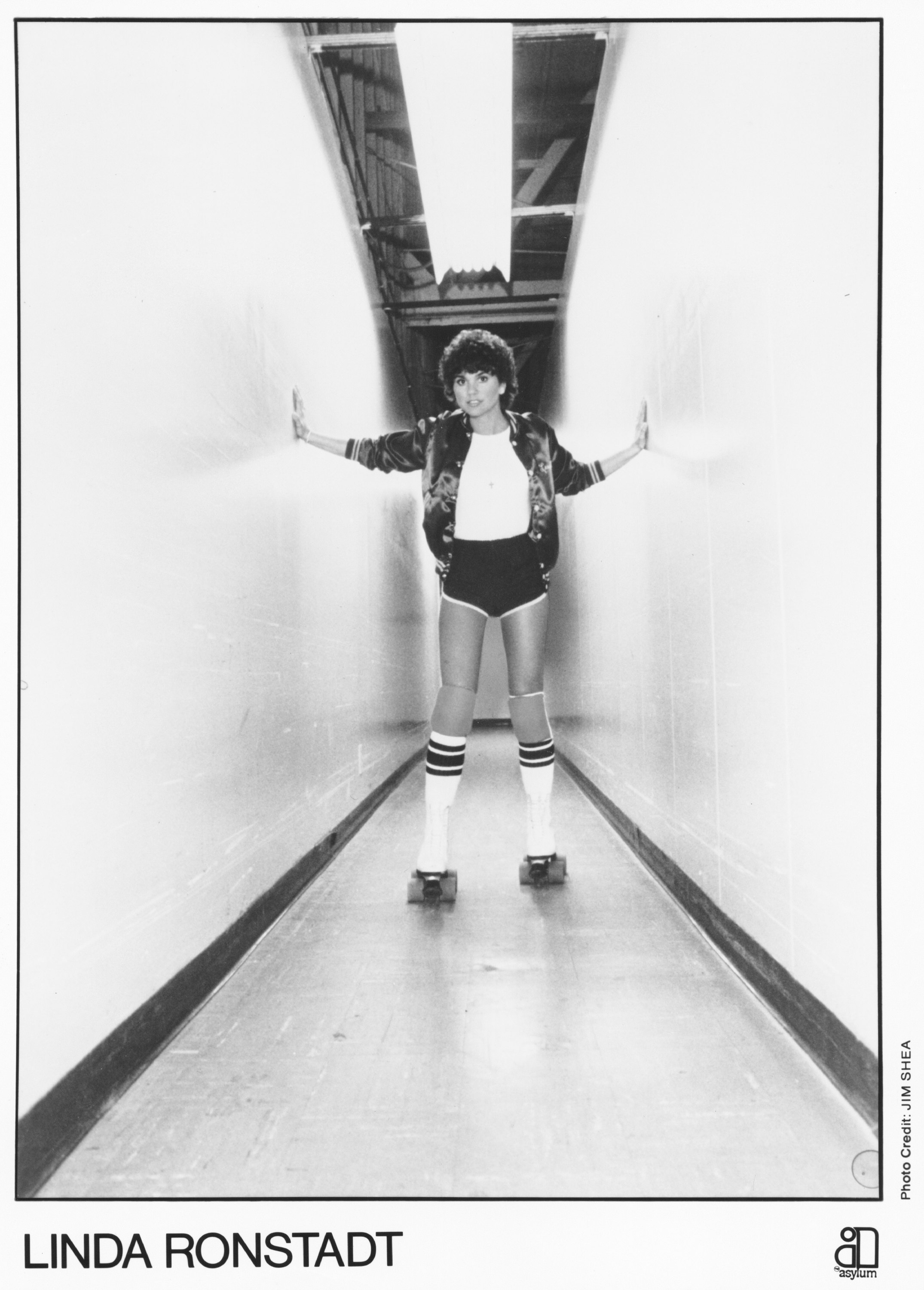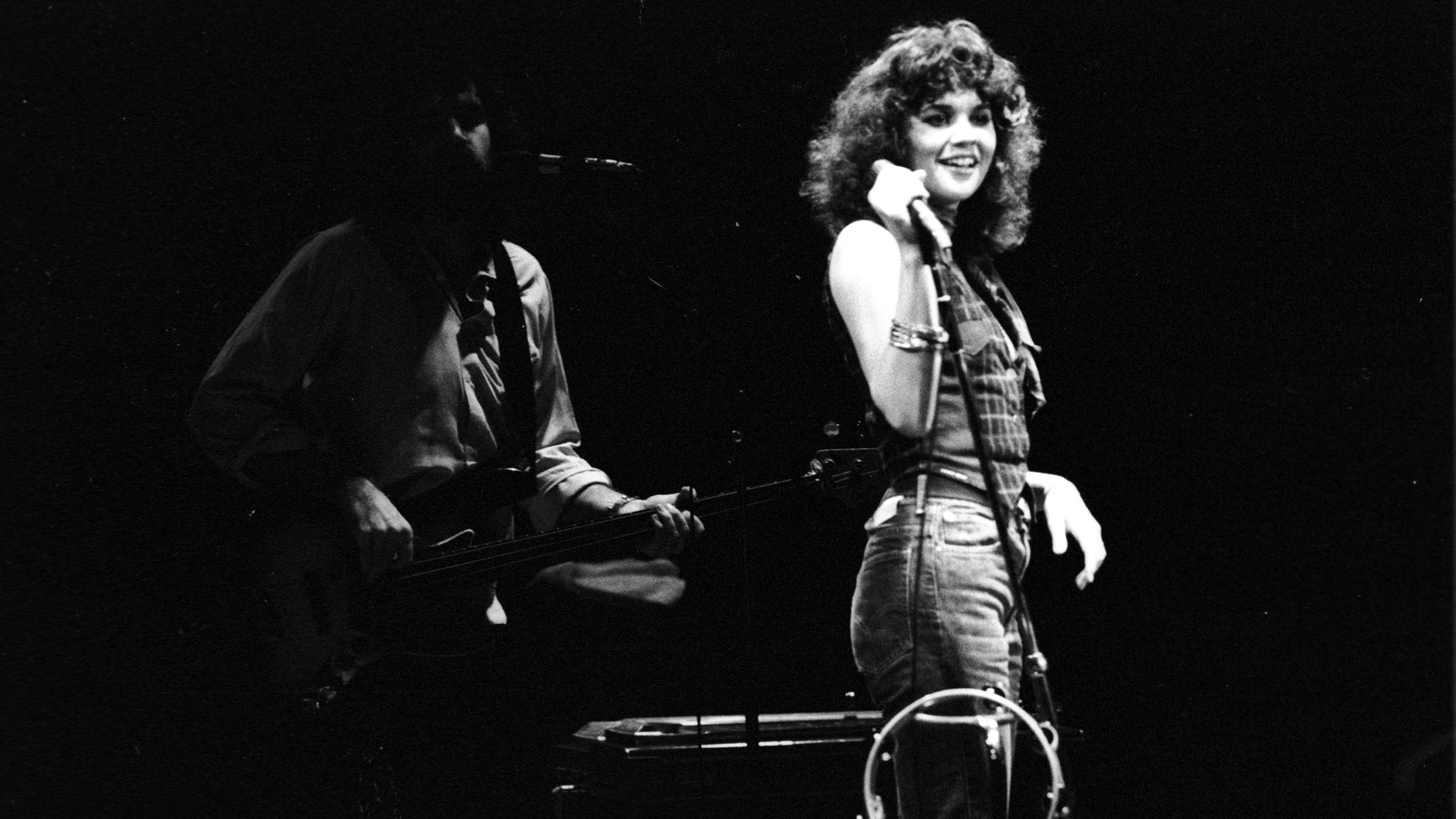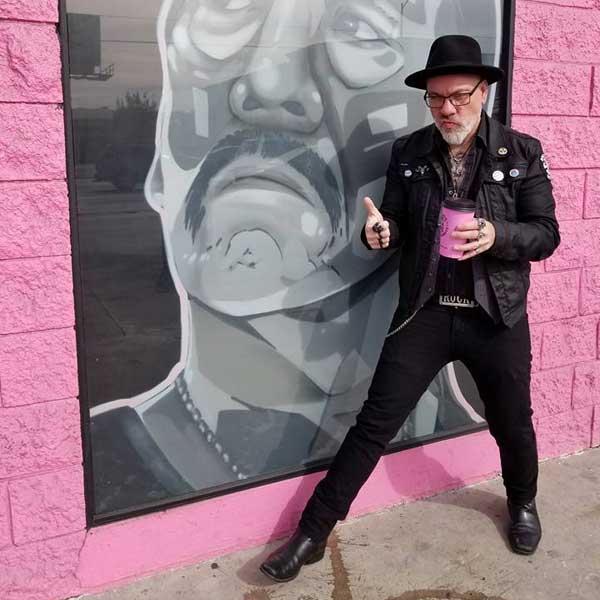Linda Ronstadt is as close as Americans get to genuine royalty, our very own blue jean queen, our ageless, evergreen desert rose. Throughout five tumultuous decades, she weathered every trend, fad, and fashion, dipping her toes into whatever genre she pleased, and nailing it every single time with a heartbreaking wail and the kind of undeniable rock star sparkle that would, in any other five-foot-tall, moon-eyed, barefoot folkie, seem thoroughly impossible.
For decades, she was, essentially, the female voice of American radio, her country-flecked laments and sweet agonies thrumming through the airwaves from coast to coast, keeping lonely hearts company and selling millions upon millions of records. One of Ronstadt’s most remarkable achievements was her ability to float effortlessly from one style of music to the next, transforming from sundress-twirling hippie goddess to denim-clad rock’n’roll vixen seemingly in the blink of an eye. From barn dances to Broadway, Ronstadt owned whatever musical passion she chased, and with each successive decade, her legend loomed larger. Her natural, breathtaking beauty and easy charm matched her formidable pipes, and throughout the 70s, she sold nearly as many posters as she did records.
There is no easy category to place Ronstadt. Since bursting onto the late 60s folk-rock scene with the Stone Poneys, her music has encompassed rock, jazz, country, pop, even classical. It’s almost as if she makes these classifications seem trivial, like music is just one vast playground for her to romp around in. Still, she is probably most well-known for three distinct styles.
Growing up in Tuscon Arizona, raised on 60s-era radio and Hank Williams records, Ronstadt’s first foray into music was a three-piece coffeehouse folk act with her brother and sister. Thoroughly bit by the performing bug, 17 year old Ronstadt moved to LA, where she joined The Stone Poneys, a folk-rock band with whom she recorded three albums in a busy 15 month period. Their second album, 1967’s Evergreen, Vol 2, spawned one of Ronstadt’s most enduring hits, Different Drum. Written by Monkee Mike Nesmith, the sad but defiant kiss-off of Ronstadt’s gender-tweaked lyrics and her uniquely “torchy” vocal style not only sealed the Poney’s doom, but launched her career as a solo artist.

By the mid 70s, Ronstadt was the highest paid woman in rock, her musical style eventually morphing from a proto-alt country to a sophisticated style of rock-inflected pop, as evidenced by chart burners like You’re No Good, When Will I Be Loved, It’s So Easy and Blue Bayou, She interpreted songs by everyone from the Everly Brothers to Warren Zevon, making every composition her own.
In 1978, she released the double-platinum Living In The USA, known as much for her cover of Chuck Berry’s Back In The USA as for the album’s cover photo, of Ronstadt in silk shorts, on roller skates. The album is a perfect snapshot of the era, a gleeful celebration of life, love, and rock n’ roll, and remains her most iconic.
Nearly ten years later, she returned to her roots with the Trio album, a collaboration with Dolly Parton and Emmylou Harris, proving once again that when it comes to alternative country, Ronstadt practically invented the stuff. As the decades wore on, Ronstadt traveled down less raucous musical avenues. Rock’n’roll was a constant battle for her. One of the few women in an industry dominated by swaggering bull-gods, she held her own for decades but found solace and even more success in the jazz world, where she largely remained – along with the occasional foray into country and pop – for the remainder of her career.
In 2011, Ronstadt announced her retirement, and in 2013, revealed that she has Parkinson’s Disease and can no longer sing. A tragic end to a remarkable career, surely, but she leaves us with a huge body of work encompassing over two dozen albums. They’ll never be another singer quite like Linda. She made everything she touched cool. Even folk music. Even roller skates.


